When considering financing options, it’s important to understand the different types of loans available to small businesses so you can select the best option for your needs.
Loans are one of the most accessible means of acquiring the money that can be used to grow a business, in case of emergencies, or in acquiring specific products for personal or business use. Understanding the function of loans helps borrowers know its importance and can build strategies on how to better use the borrowed amount to avoid any delays or difficulties in returning it at the approved timeframe.
Term loans
Term loans, also known as long-term loans, are best for business owners with great credit who are requesting a lot of funding. They may not be a good option if you’re starting a new business since lenders often want to see a track record of success before taking on risk.
The term loan application process is lengthy, and large banks reportedly approve about 25 percent of small business loans. If your application is accepted, you’ll pay a principal amount plus interest each month until your debt is paid in full. Term loans are most often used to buy real estate, acquire another business, remodel or renovate a commercial space or support long-term business expansion.
Short-term loans
Short-term business loans provide fast cash for people aiming to bridge cash flow gaps, address emergencies, pay off higher-interest debt or take advantage of new business opportunities. One advantage of this type of loan: You often don’t need a great credit score to be accepted. These loans also tend to involve less paperwork and fast processing, so you can feasibly get the cash you need when you need it.
Unfortunately, short-term loans must be repaid in a relatively short amount of time, often two years, and payment schedules may be on a daily or weekly basis. They also generally come with a relatively high APR compared to term loans. Something else to keep in mind: Loan amounts are usually capped, so if you need more than the limit, you’ll need to look elsewhere for financing.
Secured loans
Secured loans are a viable option for businesses seeking the lowest rates and for those with poor credit ratings who need funding (as well as those who are seeking to repair their credit ratings). In essence, all small business loans are secured by some type of assets, such as a history of success, equipment, invoices, inventory, and purchase orders. However, for some small businesses, a loan secured by the personal property is the only way to acquire financing.
Equipment loans
Equipment loans can be a great option for startups and established businesses, and they can be used to finance nearly every type of business equipment (including vehicles). The reason new businesses can take advantage of these loans is that the equipment secures the loan regardless of the success or failure of the company. Loan rates are often reasonable and vary depending on the age of the individual’s or business’s credit rating and financial picture.
Invoice financing
Invoice financing is a type of short term loan that uses your invoices as collateral. It’s most often used to resolve cash flow problems arising from unpaid invoices. This loan type is only available to companies that rely on invoicing for payments and so is most commonly used by B2B businesses. If you have cash flow issues because you invoice several clients who pay at different times, this can be a great way to stabilize your cash flow.
Under invoice financing, a lender advances you a percentage of your total invoicing amount, usually 85 percent, and holds the remaining percentage as collateral. While you wait for payment from customers, you pay a weekly fee to the lender; once the invoice is paid, the lender returns the held percentage minus fees.
Purchase order financing
Purchase order financing can present a great lending opportunity for startup companies that receive a lot of orders but don’t have the cash to fulfill them. In these cases, similar to invoice financing, the purchase order secures the loan. Once you have a purchase order, the lender directly pays your supplier to manufacture and deliver the product to the customer. Once delivery is accepted, the customer pays the lender. The lender then deducts their fees from this amount and pays you the remainder, which can be counted as your profits.
